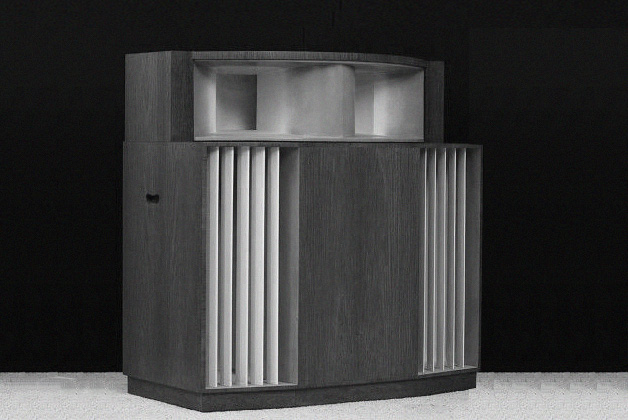Our first loudspeaker was released in 1934 after over a decade of research and development. To learn about the history of Lowther is to learn the history of the loudspeaker itself.










Thank you to our friends over at the Lowther Voigt Museum for documenting the history of Lowther Loudspeakers so meticulously.
In 1934 Paul Voigt released the Domestic Corner Horn, a horn-loaded speaker that would go on to shape audio-experiences for generations to come.
Since that very first day, almost 90 years ago, we’ve developed countless speaker cabinets, created a community of passionate audiophile DIYers, and paved the way for speaker companies around the world.
You’ll find Lowther’s signature horn-loaded speakers at home in Canada, China, Germany, the United States and countless other exotic locations across the globe, as well as in our own home, the United Kingdom.
The history of our iconic speakers has built the foundation, and now we’re turning the page to the next chapter.
Every audiophile is in pursuit of perfect sound quality. That’s why we’re perfectionists. Because we know that ‘good enough’ just doesn’t cut it.
A lot’s changed over the last 90 years. We’ve seen people walk on the moon, witnessed a technological boom and even endured a global pandemic. But we’re still here, still perfectionists and still crafting the future of sound.
Lowther’s history really begins back in 1934, when Paul Voigt designed and released the Domestic Corner Horn, a pivotal moment in the history of British speakers. Voigt’s horn-loaded speaker changed sound reproduction forever, as a new standard of quality was reached. The bar was set.
In this same year, Paul Voigt met O.P. Lowther. This would be the start of a friendship that would leave its mark on the audio industry’s history forever.
Step into our Northampton listening room and discover the full range of Lowther speakers and products in a room that’s tailored for audio perfection.
BOOK NOW